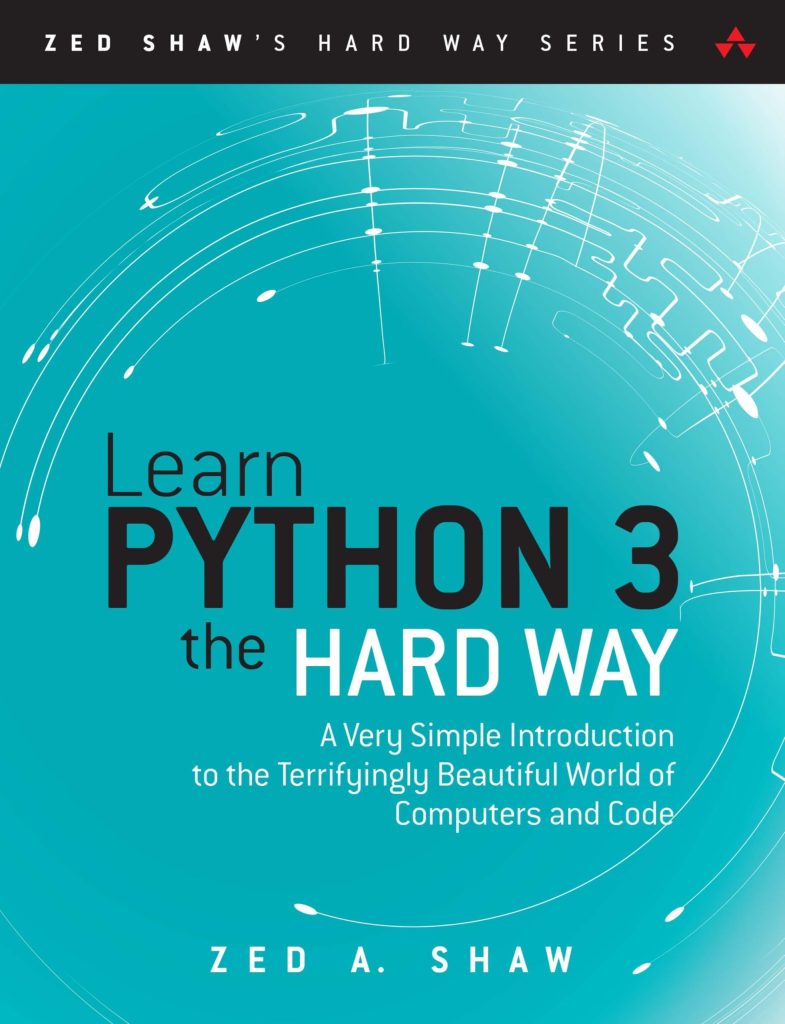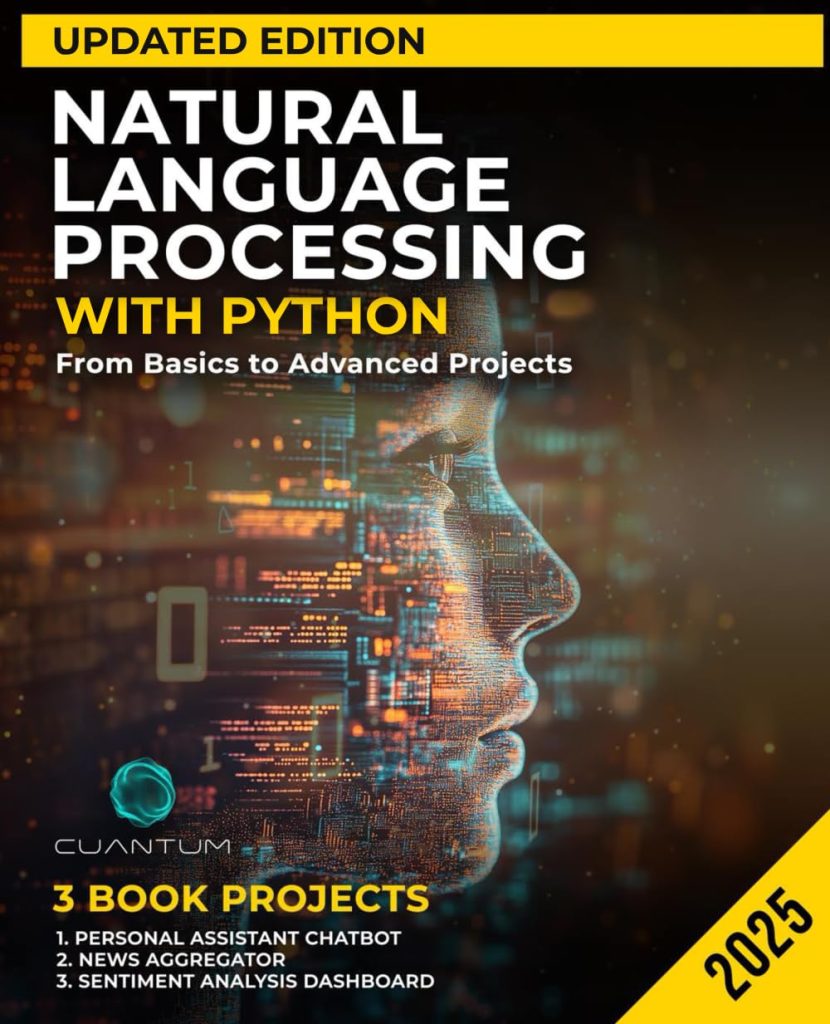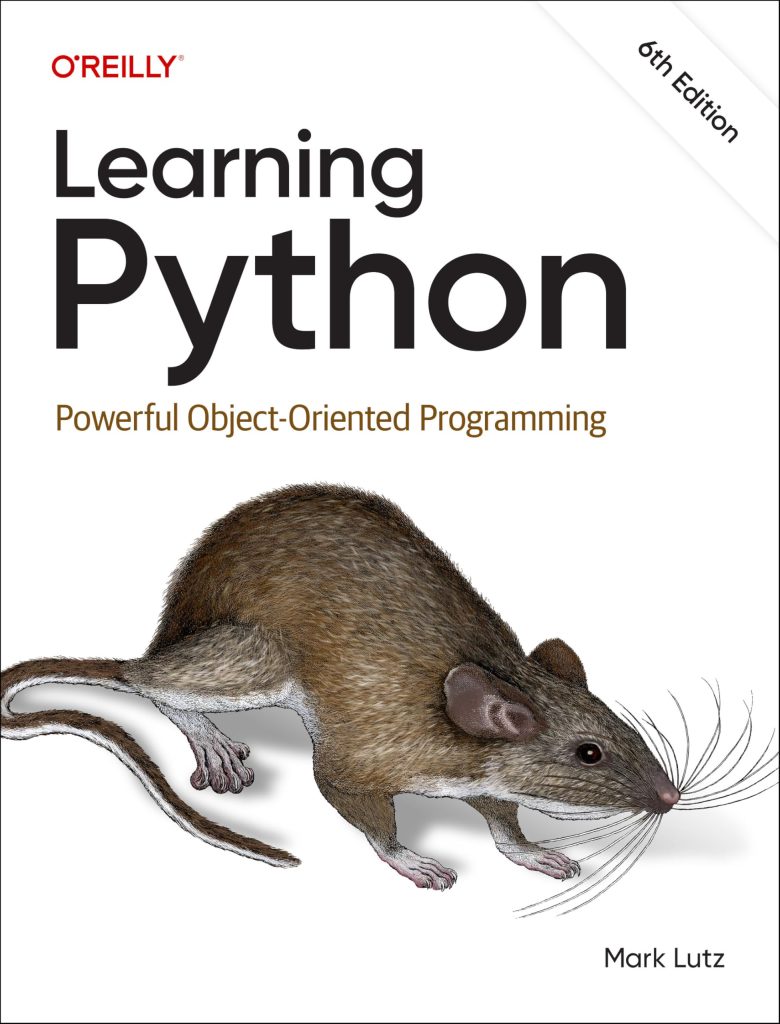
TensorFlow optimizers are essential components of the TensorFlow library, designed to update the parameters of a model in order to minimize the loss function. These optimizers implement various algorithms that can significantly affect the training process, improving the model’s accuracy and convergence speed. Understanding TensorFlow optimizers involves familiarizing yourself with how they work and when to use them.
In TensorFlow, the primary way to utilize an optimizer is through the tf.keras.optimizers module. This module includes a variety of built-in optimizers, each implementing a different optimization algorithm. Here’s a brief overview of some of the most common optimizers available:
- A very popular optimizer that updates parameters based on the average of the gradients. It’s simple but effective, especially when combined with momentum.
- This optimizer combines the advantages of two other extensions of SGD, using adaptive learning rates. It’s particularly well-suited for problems with very noisy or sparse gradients.
- An adaptive learning rate optimizer that adjusts the learning rate for each parameter based on the average of recent gradients. It’s especially useful in deep learning.
- An optimizer that adapts the learning rate to the parameters, performing larger updates for infrequent parameters and smaller updates for frequent ones. It is useful for dealing with sparse data.
When you select an optimizer, think the following key aspects:
- Some optimizers converge faster than others. For instance, Adam often performs better in handling non-stationary objectives due to its adaptive learning rates.
- Certain optimizers require more memory overhead than others, especially those like Adam and RMSProp that maintain additional state information such as historical gradients.
- Depending on the architecture of your neural network (like recurrent or deep networks), some optimizers may help mitigate issues related to saturated or vanishing gradients.
To illustrate the usage of TensorFlow optimizers, here’s a sample implementation using the Adam optimizer with a simple neural network model:
import tensorflow as tf
from tensorflow import keras
from tensorflow.keras import layers
# Create a simple sequential model
model = keras.Sequential([
layers.Dense(64, activation='relu', input_shape=(32,)),
layers.Dense(64, activation='relu'),
layers.Dense(10)
])
# Compile the model using Adam optimizer
model.compile(optimizer=keras.optimizers.Adam(),
loss='sparse_categorical_crossentropy',
metrics=['accuracy'])
# Model summary
model.summary()
In this example, we defined a simple feedforward neural network with two hidden layers. We compiled the model using the Adam optimizer, which will help in optimizing the model’s learning process by automatically adjusting its learning rate during training.
Understanding these key aspects of TensorFlow optimizers will enable you to make informed choices when designing your models, thereby enhancing the overall performance and efficiency of your machine learning applications.
Choosing the Right Optimizer for Your Model
When choosing the right optimizer for your model, it especially important to consider the specific characteristics of your dataset, the architecture of your neural network, and the particular problem you are tackling. Each optimizer behaves differently, and understanding their strengths and weaknesses will allow you to make an informed decision. Here are some factors to consider:
- If your dataset contains a lot of noise or has many outliers, optimizers like Adam or RMSProp might be more effective as they adjust the learning rates based on the gradients. This adaptability helps stabilize updates.
- More complex models, especially deep networks, can benefit significantly from optimizers like Adam, which handle varying learning rates across dimensions. For simpler models, standard SGD might suffice.
- Choosing the right optimizer may also affect model generalization. If you detect overfitting, you could opt for optimizers that implement regularization techniques or incorporate learning rate schedules.
To help you better understand how different optimizers can be applied, here are some additional examples using the SGD and RMSProp optimizers:
import tensorflow as tf
from tensorflow import keras
from tensorflow.keras import layers
# Create a simple sequential model with RMSProp optimizer
model_rmsprop = keras.Sequential([
layers.Dense(64, activation='relu', input_shape=(32,)),
layers.Dense(64, activation='relu'),
layers.Dense(10)
])
# Compile the model using RMSProp optimizer
model_rmsprop.compile(optimizer=keras.optimizers.RMSprop(),
loss='sparse_categorical_crossentropy',
metrics=['accuracy'])
# Model summary
model_rmsprop.summary()
# Create a simple sequential model with SGD optimizer
model_sgd = keras.Sequential([
layers.Dense(64, activation='relu', input_shape=(32,)),
layers.Dense(64, activation='relu'),
layers.Dense(10)
])
# Compile the model using SGD optimizer
model_sgd.compile(optimizer=keras.optimizers.SGD(),
loss='sparse_categorical_crossentropy',
metrics=['accuracy'])
# Model summary
model_sgd.summary()
In the above examples, we define separate models using both the RMSProp and SGD optimizers. This illustrates the flexibility in TensorFlow’s optimizer selection, making it easier for you to customize your training process based on your specific needs.
Ultimately, the right optimizer will depend on your unique situation. Experimenting with several optimizers and monitoring their performance through metrics like loss and accuracy can lead to the optimal configuration for your model.
Advanced Optimization Techniques
Advanced optimization techniques extend the capabilities of standard TensorFlow optimizers, which will allow you to fine-tune your training process and achieve better results. Here are some strategies and methods to enhance the optimization process.
1. Gradient Clipping
Gradient clipping is a technique used to prevent exploding gradients, which can destabilize the training of deep learning models. By restricting the maximum value of gradients during backpropagation, gradient clipping helps maintain stability. That’s particularly beneficial in recurrent neural networks (RNNs) and deep networks.
import tensorflow as tf
from tensorflow import keras
from tensorflow.keras import layers
# Create a simple sequential model
model = keras.Sequential([
layers.Dense(64, activation='relu', input_shape=(32,)),
layers.Dense(64, activation='relu'),
layers.Dense(10)
])
# Compile the model using Adam optimizer with gradient clipping
model.compile(optimizer=keras.optimizers.Adam(clipnorm=1.0),
loss='sparse_categorical_crossentropy',
metrics=['accuracy'])
2. Custom Optimizers
TensorFlow allows you to create custom optimizers by subclassing the tf.keras.optimizers.Optimizer class. That is useful when you want to implement an optimization algorithm this is not provided out of the box or modify the behavior of existing optimizers.
class CustomOptimizer(tf.keras.optimizers.Optimizer):
def __init__(self, learning_rate=0.01, name="CustomOptimizer", **kwargs):
super(CustomOptimizer, self).__init__(name, **kwargs)
self._learning_rate = learning_rate
def _create_slots(self, var_list):
for var in var_list:
self.add_slot(var, "momentum")
def _resource_apply_dense(self, grad, var, apply_state=None):
momentum = self.get_slot(var, "momentum")
momentum.assign(momentum * 0.9 - self._learning_rate * grad)
var.assign_add(momentum)
# Example of using custom optimizer
optimizer = CustomOptimizer(learning_rate=0.01)
model.compile(optimizer=optimizer,
loss='sparse_categorical_crossentropy',
metrics=['accuracy'])
3. Batch Normalization
Incorporating batch normalization can improve training speed and stability. It normalizes the inputs to each layer, which mitigates issues with internal covariate shift and helps keep the training activation values consistent across epochs. This can interact favorably with optimizers by stabilizing the learning process.
model_with_bn = keras.Sequential([
layers.Dense(64, activation='relu', input_shape=(32,)),
layers.BatchNormalization(),
layers.Dense(64, activation='relu'),
layers.BatchNormalization(),
layers.Dense(10)
])
model_with_bn.compile(optimizer=keras.optimizers.Adam(),
loss='sparse_categorical_crossentropy',
metrics=['accuracy'])
4. Layer-wise Adaptive Rate Scaling (LARS)
This technique is especially useful for training large models, such as those used in deep learning applications. LARS allows you to scale the learning rates of different layers based on their weight magnitudes, which can lead to better convergence rates in certain architectures.
from tensorflow_addons.optimizers import LARS
# Using LARS as a custom optimizer
lars_optimizer = LARS(learning_rate=0.01, weight_decay=0.0001)
model.compile(optimizer=lars_optimizer,
loss='sparse_categorical_crossentropy',
metrics=['accuracy'])
5. Mixup and Other Data Augmentation Techniques
Although technically not an optimization technique, data augmentation methods such as Mixup can improve training stability and generalization. By creating virtual training examples through interpolation, it can help models learn more robust features, which, when combined with effective optimizers, can enhance overall performance.
import numpy as np
def mixup_data(x, y, alpha=0.2):
"""Mixup data generation."""
batch_size = x.shape[0]
lambda_param = np.random.beta(alpha, alpha, size=batch_size)
index = np.random.permutation(batch_size)
x_mixed = lambda_param.reshape(batch_size, 1) * x + (1 - lambda_param).reshape(batch_size, 1) * x[index]
y_mixed = lambda_param * y + (1 - lambda_param) * y[index]
return x_mixed, y_mixed
Implementing these advanced optimization techniques can help you optimize the training of your neural networks significantly. By using techniques like gradient clipping, custom optimizers, batch normalization, LARS, and data augmentation, you can improve the efficiency and effectiveness of your model training process.
Evaluating Optimizer Performance
Evaluating the performance of different optimizers in TensorFlow is an important step in the model training process. An effective evaluation helps in understanding the optimizer’s efficiency in minimizing the loss function and improving the overall model accuracy. Here are several strategies to examine optimizer performance:
- During training, it is important to monitor loss and accuracy metrics. By plotting these metrics over epochs, you can visually assess how quickly and effectively different optimizers converge. You can use TensorBoard for detailed visualizations.
- After training with each optimizer, evaluate your model on a validation dataset that was not used during training. This helps in determining generalization performance and checking for overfitting.
- Different optimizers may perform better with different hyperparameter settings. Utilize techniques like grid search or random search to find the best hyperparameters, such as learning rate and momentum.
- Besides performance metrics, you should also consider the time taken for convergence. Some optimizers may require fewer epochs to converge due to adaptive learning rates, while others might take longer.
- If your dataset is noisy or sparse, evaluate how well each optimizer adapts to this. Methods like Adam and RMSProp are often more robust in these situations.
Here’s an example of how you can implement training and evaluation with different optimizers, capturing both loss and accuracy metrics:
import matplotlib.pyplot as plt
import tensorflow as tf
from tensorflow import keras
from tensorflow.keras import layers
from tensorflow.keras.models import clone_model
# Function to train and evaluate a model
def train_and_evaluate(optimizer, model, x_train, y_train, x_val, y_val):
model.compile(optimizer=optimizer,
loss='sparse_categorical_crossentropy',
metrics=['accuracy'])
history = model.fit(x_train, y_train, epochs=10, validation_data=(x_val, y_val), verbose=0)
return history
# Sample data (using random data for demonstration)
x_train, y_train = tf.random.normal((1000, 32)), tf.random.uniform((1000,), minval=0, maxval=10, dtype=tf.int32)
x_val, y_val = tf.random.normal((200, 32)), tf.random.uniform((200,), minval=0, maxval=10, dtype=tf.int32)
# Define models for each optimizer
model_sgd = keras.Sequential([layers.Dense(64, activation='relu', input_shape=(32,)),
layers.Dense(10)])
model_adam = clone_model(model_sgd)
# Train and evaluate models
suma_sgd = train_and_evaluate(keras.optimizers.SGD(), model_sgd, x_train, y_train, x_val, y_val)
suma_adam = train_and_evaluate(keras.optimizers.Adam(), model_adam, x_train, y_train, x_val, y_val)
# Plot loss curves for each optimizer
plt.plot(suma_sgd.history['val_loss'], label='SGD Validation Loss')
plt.plot(suma_adam.history['val_loss'], label='Adam Validation Loss')
plt.xlabel('Epochs')
plt.ylabel('Validation Loss')
plt.legend()
plt.title('Optimizer Comparison')
plt.show()
This example demonstrates how to train a model with different optimizers and visualize their performance over epochs. By examining the validation loss curves, you can gain insights into which optimizer converges faster and leads to lower loss.
Lastly, you may want to perform statistical tests on the results of different optimizers to determine if performance differences are statistically significant. This can provide further confidence in your findings and choice of optimizer.
Common Issues and Troubleshooting
Common issues and troubleshooting when using TensorFlow optimizers can significantly impact your training outcomes. Identifying these issues early can help you refine your workflow and improve model performance. Here are several common problems you may encounter along with their potential solutions:
- If your model fails to converge during training, it might be due to an improperly set learning rate. A learning rate this is too high can cause the optimizer to overshoot the minimum, leading to divergence, while a learning rate this is too low can make training unacceptably slow.
# Adjust the learning rate in your optimizer optimizer = keras.optimizers.Adam(learning_rate=0.001) # Think tuning this value
model = keras.Sequential([
layers.Dense(64, activation='relu', input_shape=(32,)),
layers.Dropout(0.5), # Adding dropout for regularization
layers.Dense(10)
])
model.compile(optimizer=keras.optimizers.Adam(clipnorm=1.0),
loss='sparse_categorical_crossentropy',
metrics=['accuracy'])
# Example of using a learning rate scheduler lr_schedule = tf.keras.callbacks.LearningRateScheduler(lambda epoch: 0.001 * 0.95**epoch) model.fit(x_train, y_train, epochs=50, callbacks=[lr_schedule])
By being aware of these common issues and proactively implementing the suggested troubleshooting techniques, you can enhance the effectiveness of your optimizer selection and improve the training process for your TensorFlow models.
Future Trends in Optimization with TensorFlow
As the field of deep learning evolves, so do optimization techniques and their applications within frameworks like TensorFlow. Here are some of the future trends that are likely to shape optimization techniques in the near future:
- NAS automates the design of neural network architectures, promising optimized models tailored for specific tasks. As integrative approaches emerge, optimization algorithms will play an important role in identifying the most effective architectures, balancing exploration and exploitation during the search process.
- Combining the strengths of various optimization algorithms can lead to superior performance. Future optimizers may utilize ensemble methods, where multiple optimizers work collaboratively to navigate the solution space efficiently.
- Techniques that reduce model size by removing less relevant parameters will become more prominent. Optimization algorithms designed to work harmoniously with quantized and pruned networks will be crucial for deploying deep learning models in resource-constrained environments.
- Machine learning models often require hyperparameter tuning for optimal performance. Future trends include the development of optimizers equipped with self-tuning capabilities, enabling them to adjust learning rates, momentum, and other parameters dynamically based on training feedback.
- Transfer learning allows pre-trained models to adapt to new tasks with less data. Optimizers specifically designed to imropve transfer learning processes, perhaps by identifying and selectively training relevant layers of a neural network, will be important in future developments.
- With the rise of privacy-centric machine learning, federated learning allows models to be trained across decentralized data sources. Optimizers that efficiently handle these settings, maintaining convergence while considering data heterogeneity and privacy, will be key innovations.
- As we see more models deployed in environments where they continually learn from new data, optimizers will need to address the challenges of catastrophic forgetting. Advanced algorithms that can efficiently balance learning from new data while retaining knowledge of previously learned tasks will be essential.
Here is a simple illustration of defining a custom optimizer in TensorFlow, which could be a stepping stone toward incorporating some of these future trends:
class CustomOptimExample(tf.keras.optimizers.Optimizer):
def __init__(self, learning_rate=0.01, name="CustomOptimExample", **kwargs):
super(CustomOptimExample, self).__init__(name, **kwargs)
self._learning_rate = learning_rate
def _create_slots(self, var_list):
for var in var_list:
self.add_slot(var, "velocity")
def _resource_apply_dense(self, grad, var, apply_state=None):
velocity = self.get_slot(var, "velocity")
velocity.assign(0.9 * velocity - self._learning_rate * grad)
var.assign_add(velocity)
# Example of using the custom optimizer
custom_optimizer = CustomOptimExample(learning_rate=0.01)
model.compile(optimizer=custom_optimizer, loss='sparse_categorical_crossentropy', metrics=['accuracy'])
As the optimization landscape continues to advance, staying abreast of these emerging trends and techniques will be vital for practitioners aiming to leverage TensorFlow’s full potential in developing cutting-edge machine learning models.






